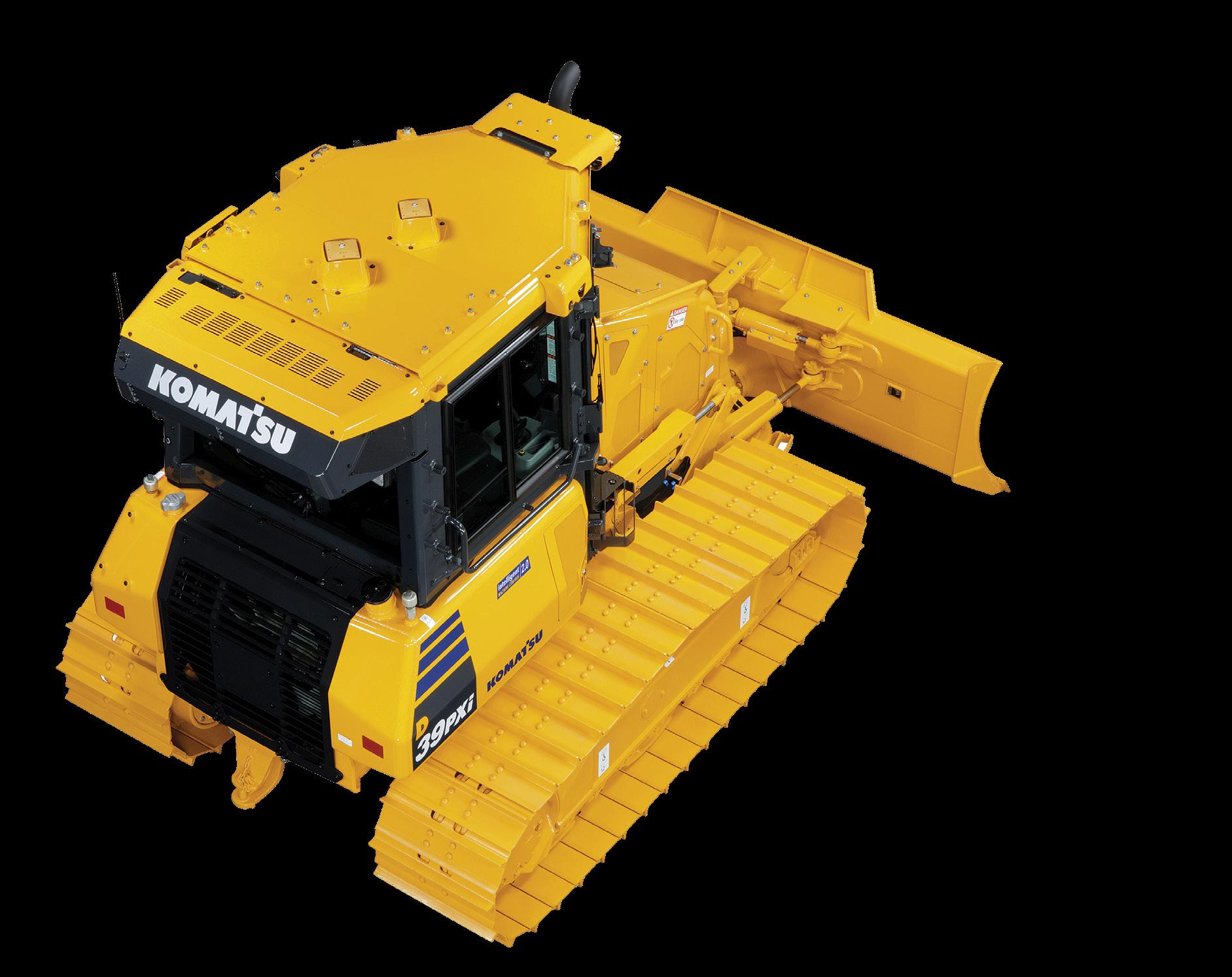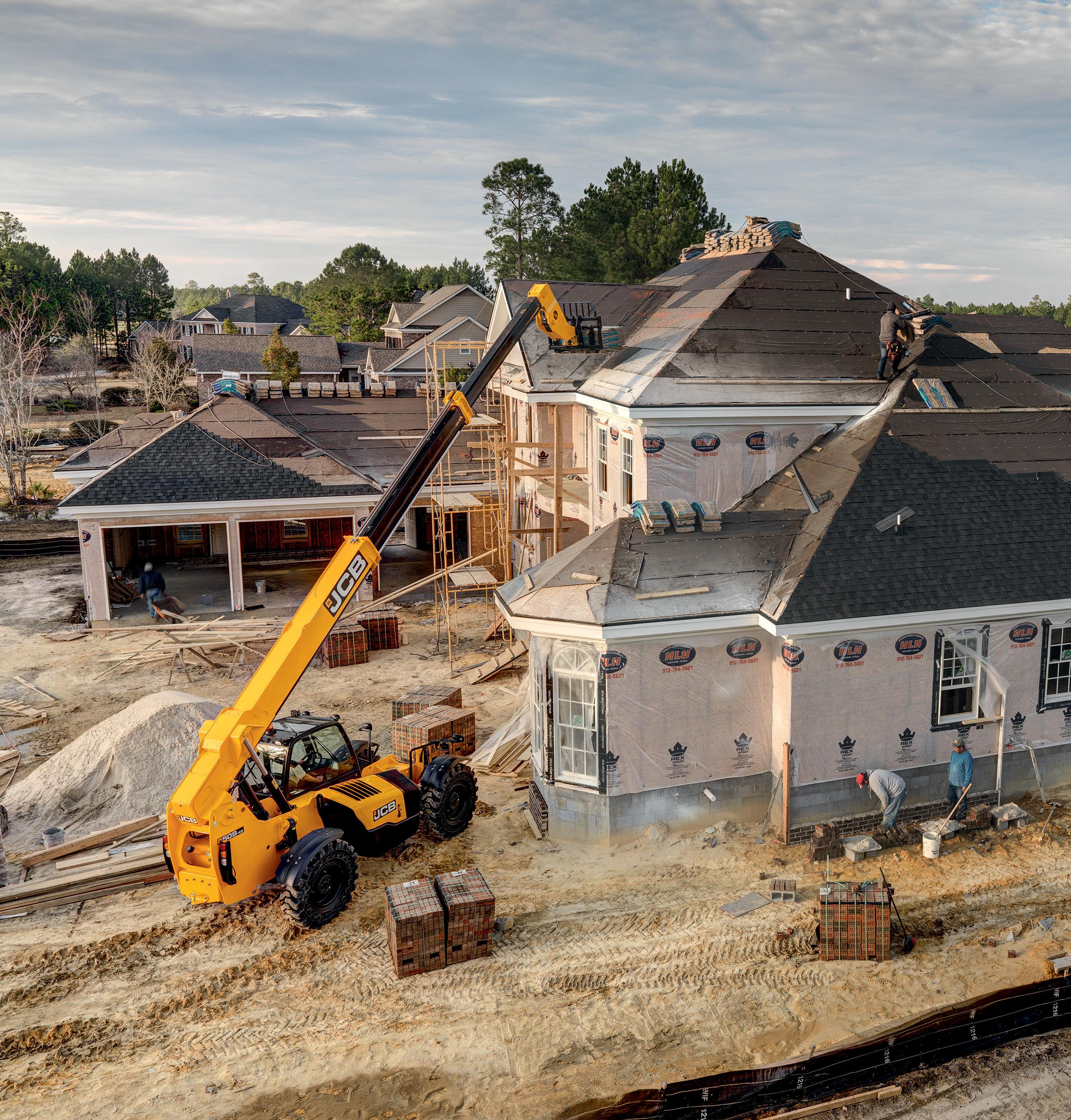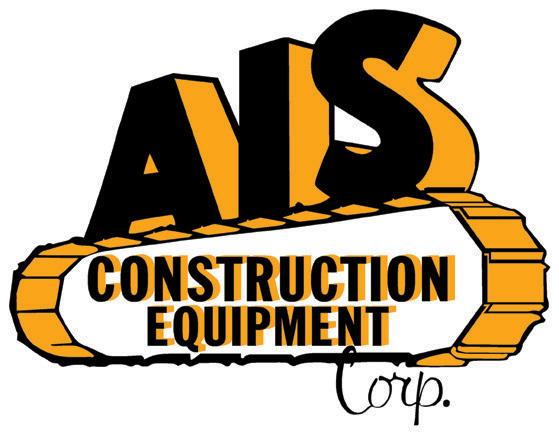
5 minute read
Project Notes
Small dozers with integrated technology give you the ability to run automatics from grass to grade
Jon Jennings, Product Marketing Manager, Komatsu
SSmall dozers have generally been considered finish grading machines. They are usually put on job sites to clean up or place the topsoil.
“House pads and sites where space is at a premium have mostly been the applications where you find dozers under 22,000 pounds,” said Jon
Jennings, product marketing manager, Komatsu.
“They normally have not been viewed as ‘grass to grade’ or high production machines where you are doing everything from stripping to finishing.”
Jennings said that view is evolving with today’s technology.
Model
D39EXi-24 D39PXi-24
Net Horsepower
105 hp 105 hp
Quick Specs
Operating Weight
21,848 lb 22,774 lb
Blade Capacity
2.89 cu yd 2.89 cu yd
New technology, such as Proactive Dozing Control, combined with integrated intelligent Machine Control allows automatic grade control from rough cut to finish grade on a wide range of job sites. “The ability to use automatics from first pass to last, instead of just during finish grading, significantly reduces the time it takes to reach target elevation,” said Jon Jennings, product marketing manager, Komatsu.
“If you have a site that involves a large amount of dirt where thousands of yards have to be moved each day, larger dozers are still your best bet,” explained Jennings. “However, smaller dozers equipped with GPS are gaining popularity on medium-sized projects. As the needs for staking and surveying are reduced, there is less need to stop and check grade, so operators can continue to push dirt and be more productive. The ability to do that with a smaller dozer that uses less fuel is a significant advantage.”
It’s even better when the technology is integrated because it further reduces owning and operating costs, according to Jennings. “Not having to take down and put up masts and cables gives you more production time, and there is a reduced risk of injury,” stated Jennings. “You also don’t have those items getting damaged, so the expense of replacing them is eliminated.”
Learns as it works
Komatsu introduced factory-integrated intelligent Machine Control (iMC) GPS on dozers nearly a decade ago. It recently brought iMC 2.0 to market with added technology that enables operators at all skill levels to be even more effective at moving dirt productively and efficiently, according to Jennings.
Among Komatsu's iMC 2.0 dozers is the 105-horsepower D39i-24, the smallest in the lineup. Like its larger counterparts, it has the same new features, including Proactive Dozing Control that enables operators to cut/strip from existing terrain, regardless of their experience level. The dozer measures the terrain as it tracks over it and uses the data to plan the next pass — improving productivity by up to 60%, compared to previous models.
“The ability to use automatics from first pass to last, instead of just during finish grading, significantly reduces the time it takes to reach target elevation,” said Jennings. “Proactive Dozing Control decides on the action — such as whether to cut and carry material, spread or fill that material, or whether it should finish grade.”

New technology features combined with iMC 2.0 give operators of small dozers the ability to do more with one machine. “The D39i-24 offers greater versatility,” said Jon Jennings, product marketing manager, Komatsu. “It can be the biggest machine a contractor needs, or it can be a scalpel on a larger job site. The possibilities are extensive.”
Additional new technology features include: • Lift layer control, which optimizes earthwork productivity with the press of a button.
Time savings are realized because each layer is precise, reducing or eliminating the need for rework for over or under compaction. • Tilt steering control that automatically tilts the blade to maintain straight travel during rough dozing and reduces operator steering input by up to 80%. • Quick surface creation that lets operators create a temporary design surface with the press of a button. Combined with other iMC 2.0 functions, crews can begin stripping or spreading using automated input, while waiting for the finish grade model. • iMC 2.0 models with dual antennas and added satellite systems to improve satellite coverage, which gives operators the ability to work in more challenging areas, such as near woods or on urban job sites. “The D39i-24 offers greater versatility, and the new technology opens up a lot of possibilities for all types of businesses, ” said Jennings. “It can be the biggest machine a contractor needs, or it can be a scalpel on a larger job site. For instance, a small homebuilder could use it to level house pads, or a landscaper can build a pond or create a unique surface. A large site work company may backfill curbs or build a drainage ditch with it, while it utilizes a bigger dozer for mass cut/fill operations.
“The possibilities are extensive, and as an added bonus, its size allows for transport on a tag trailer behind a dump truck, so it would be a great tool for those just starting their own business, who want to be highly competitive and productive right away,” Jennings added. “There are some additional upgrades as well, such as LED lights and Bluetooth. We encourage anyone looking for a small dozer with the ability to be more than a finish grading machine to contact their distributor for a demonstration or more information.” ■
Discover more
JCB telehandlers are your no-hassle solution.

JCB is the first to offer telescopic handlers with 10,000 lb lift capacity that meet Tier 4 Final standards with no DEF, no DPF and no engine aftertreatment. JCB is also the only manufacturer to build its entire telehandler drivetrain; from the JCB EcoMax engine with clean-burn technology, to the transmission and hydraulics, all systems work in harmony for unrivaled performance, efficiency and productivity.
Learn more about the world’s most popular telehandlers at www.jcb.com

aisequip.com
GRAND RAPIDS 616.538.2400 LANSING 517.321.8000 DETROIT - WEST 248.437.8121 TRAVERSE CITY 231.267.5060 SAGINAW 989.777.0090 DETROIT - N.E. 586.727.7502










